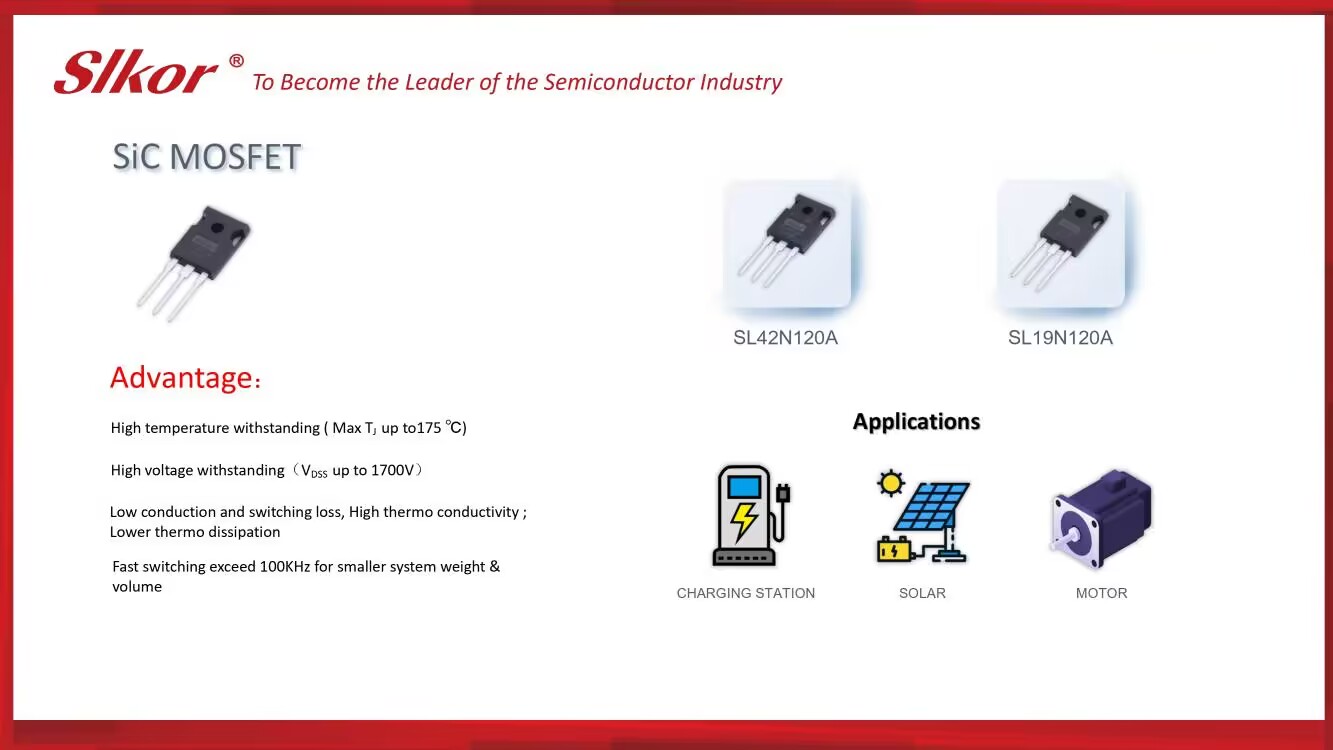Principle and Working Principle of SCR
The Silicon Controlled Rectifier (
SCR), also known as thyristor, operates based on controlling the voltage applied to its gate electrode to control conduction between its main terminals. It consists of four layers of semiconducting material: P-type, N-type, P-type, and N-type. Under forward bias, conduction occurs only when a positive gate triggering current is applied. Once triggered, it remains conducting until the main current drops to zero or a reverse voltage is applied.
Types and Models of SCR
SCRs come in various types based on structure and application requirements:
-
Standard SCR: Primarily used for rectification and control circuits in AC power applications.
-
Reverse Blocking SCR (RRO-SCR): Offers higher reverse voltage blocking capability, suitable for applications requiring robust voltage suppression.
-
Reverse Conducting SCR (RFT-SCR): Enables reverse control triggering, used in specific circuit applications.
-
Triode for Alternating Current (TRIAC): Enables bidirectional control of AC, commonly used in applications like dimming and motor speed control.
Functions of SCR
SCRs play crucial roles in power electronics:
-
Current Control and Rectification: SCR controls large currents for various power control and rectification circuits.
-
Voltage Modulation: By adjusting the triggering angle, SCR regulates output voltage, enabling precise control over AC power.
-
Power Protection: Used in overcurrent and overvoltage protection circuits to ensure safe operation of circuits and equipment.
Applications of SCR
SCRs find extensive applications across different industries:
-
Power Regulation: In industrial settings, SCR controls power for applications such as motor start-stop and speed regulation.
-
Electric Furnace Control: Used in electric furnaces, welding machines, and induction heating equipment for efficient energy conversion and precise control.
-
Lighting and Dimming: TRIAC SCRs are used in AC dimmers to control brightness levels, enhancing energy efficiency and user experience.
-
Power Electronic Converters: SCR is widely used in various power electronic converters and AC modulators for energy conversion and regulation.
Manufacturers of SCR
Several renowned
SCR manufacturers cater to global markets, including:
-
ABB
-
Infineon Technologies
-
ON Semiconductor
-
STMicroelectronics
-
Vishay Intertechnology
These manufacturers offer a range of
SCR models and specifications to meet diverse application needs, providing technical support and aftermarket services worldwide.
Conclusion
SCRs, as essential components in power electronics, leverage their unique control capabilities and efficient energy conversion to drive advancements in power control, electric furnace operation, lighting control, and beyond. With ongoing technological advancements and expanding application demands,
SCRs will continue to play a pivotal role in advancing power electronics technology and innovation.










